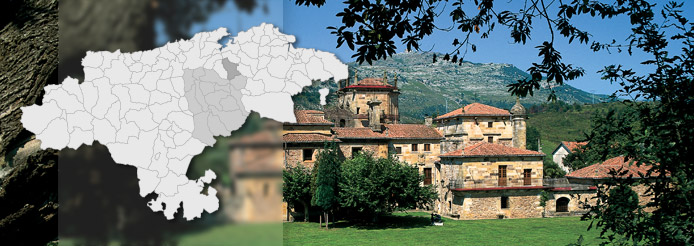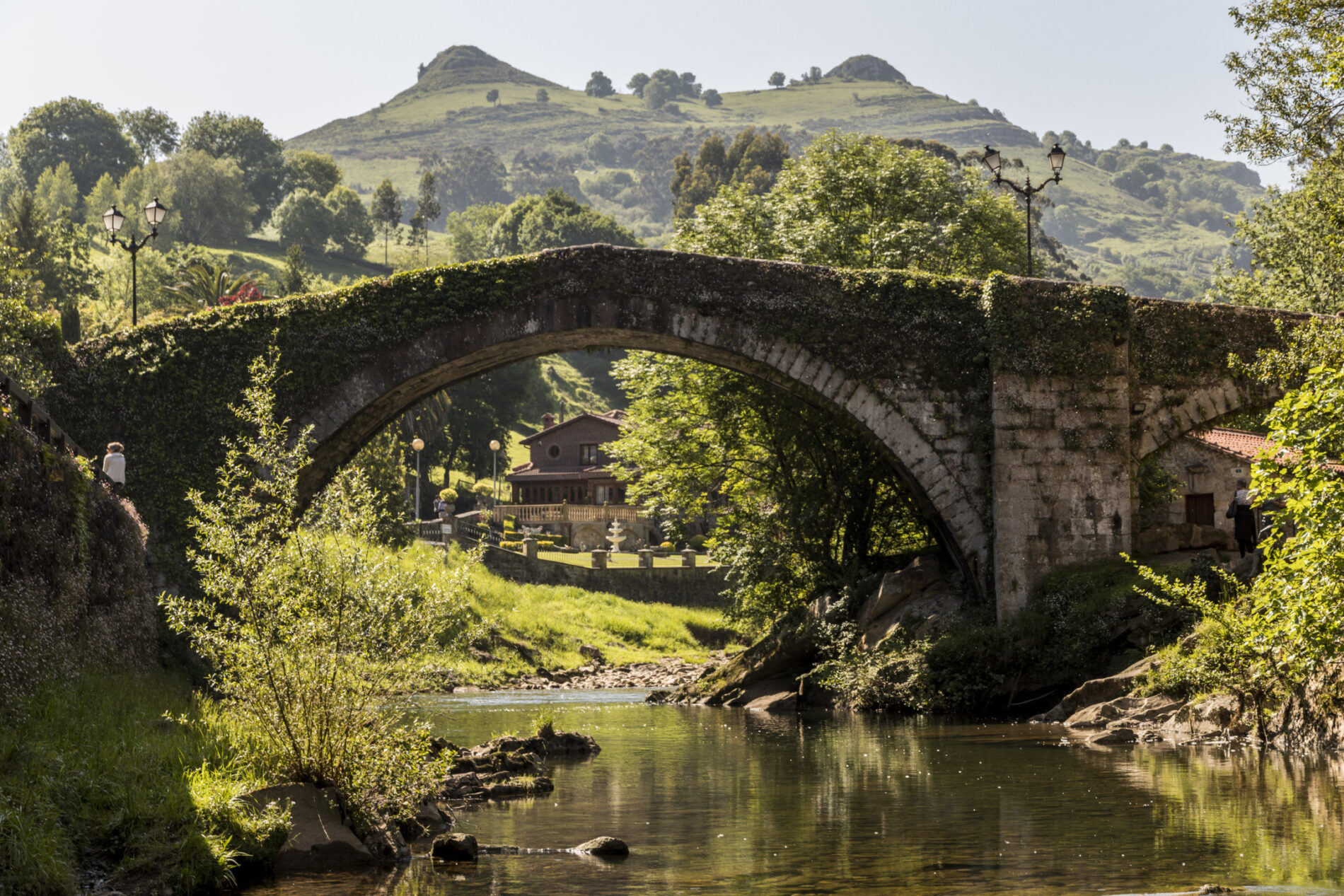Liérganes
Localities within the municipality
Liérganes
| Bucarrero |
| Calgar |
| Casa del Monte |
| El Condado |
| El Mercadillo |
| El Rellano |
| Extremera |
| La Costera |
| La Herran |
| La Quieva |
| La Rañada |
| La Vega |
| Las Porquerizas |
| Lierganes |
| Los Prados |
| Pamanes |
| Rubalcaba |
| Somarriba |
| Tarriba |

The capital of the municipality of the same name, its urban center, declared a national historic-artistic site in 1978, concentrates valuable classicist architecture from the 17th and 18th centuries. This is a result of the economic boom that the artillery factory fostered in the region during that period.
The urban nucleus is nestled at the foot of two small elevations: Marimón and Cotillamón (popularly known as «Las Tetas de Liérganes» – the Tits of Liérganes – due to their anthropomorphic resemblance).
Liérganes and its history are linked to the legend of the Fish-Man, which, like all legends, has some basis in reality (its protagonist, Francisco de la Vega) and some fiction (its varied ending). Francisco de la Vega was born in the town in 1660 and, after throwing himself into the Miera River, disappeared into the Cantabrian Sea. It is said that he was located years later, having lost his reason and speech, in the Bay of Cádiz.
The undeniable duality between Liérganes and its spa is also significant. Surrounded by a magnificent estate with large trees, it lends the town a characteristic 19th-century air.
The old part of Liérganes (El Mercadillo – The Little Market) is a historic-artistic complex and includes, in addition to the traditional houses, the Rañada or Cuesta-Mercadillo Palace, the Church of San Sebastián, the parish church of San Pedro Ad Víncula, the houses of the Setién and Cañones families, the chapels of Humilladero and Carmen, and the new bridge. Despite the undeniable relevance of this complex, the most important monument in the municipality is the Elsedo museum-palace, located in Pámanes.
We can also highlight, in other towns, the Cross of Rubalcaba and the Palace of San Jorge in Tarriba.
The gastronomy of Liérganes captivates with its exquisite meats and river fish, as well as its renowned fresh and cream cheeses and its famous pastries based on «sacristanes» (a type of puff pastry) or chocolate with churros.
The Elsedo palace and museum, located in Pámanes, is one of the architectural jewels of the regional geography. Declared a historic-artistic monument, the palace dates back to the 18th century, and its promoter was Francisco de Hermosa y Revilla, the first Count of Torre Hermosa. It is set on several independent structures, among which the chapel with its severe Baroque ornamentation and the octagonal tower stand out, a unique example in Cantabria both for its non-defensive purpose and its typology.
The palace was acquired by an Austrian couple who dedicated a large part of their fortune to restoring it. Currently, it is owned by the Santos Díez family of Cantabrian entrepreneurs and houses the contemporary art museum, where sculptures by Eduardo Chillida, Jorge de Oteiza, Pablo Serrano, Miguel Berrocal, Ramón Muriedas, José Clará… can be admired. Furthermore, Elsedo brings together an important collection of 20th-century painting, among which the most outstanding artists of the region are distinguished: Pancho Cossío, Gutiérrez Solana, María Blanchard, Casimiro Sainz, Quirós, Raba, and others such as Sunyer, Redondela, Zabaleta…









